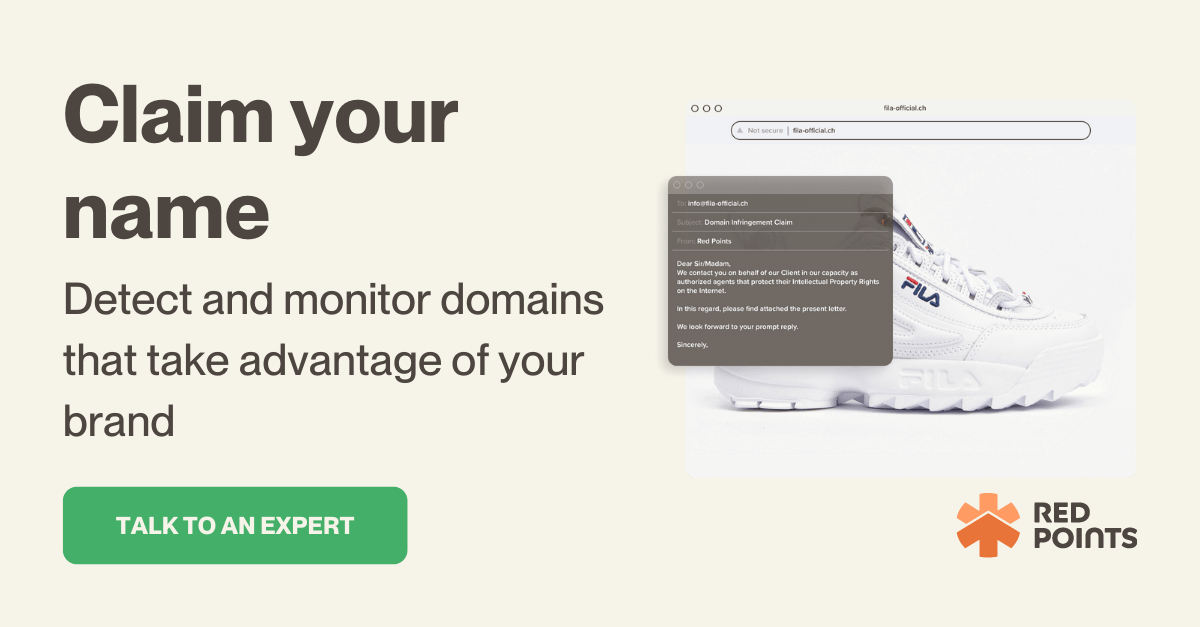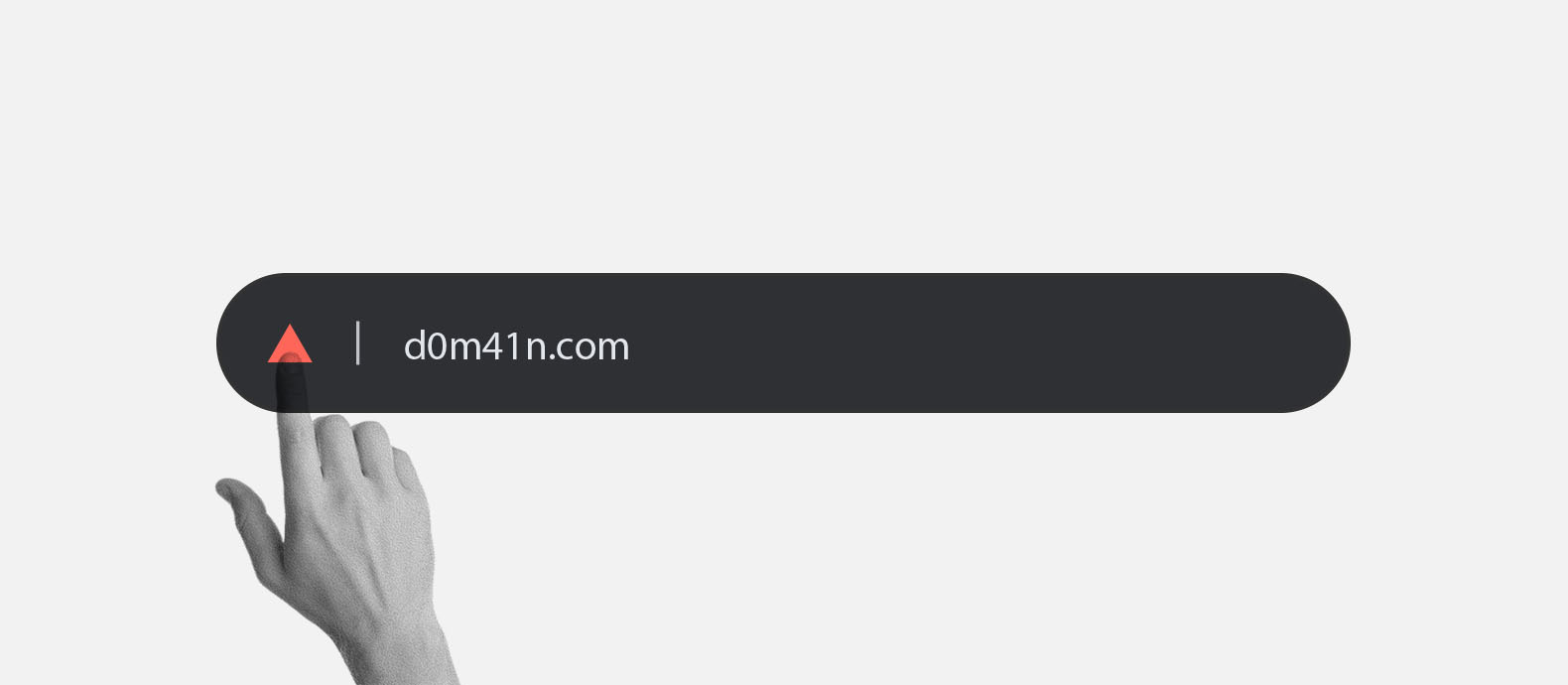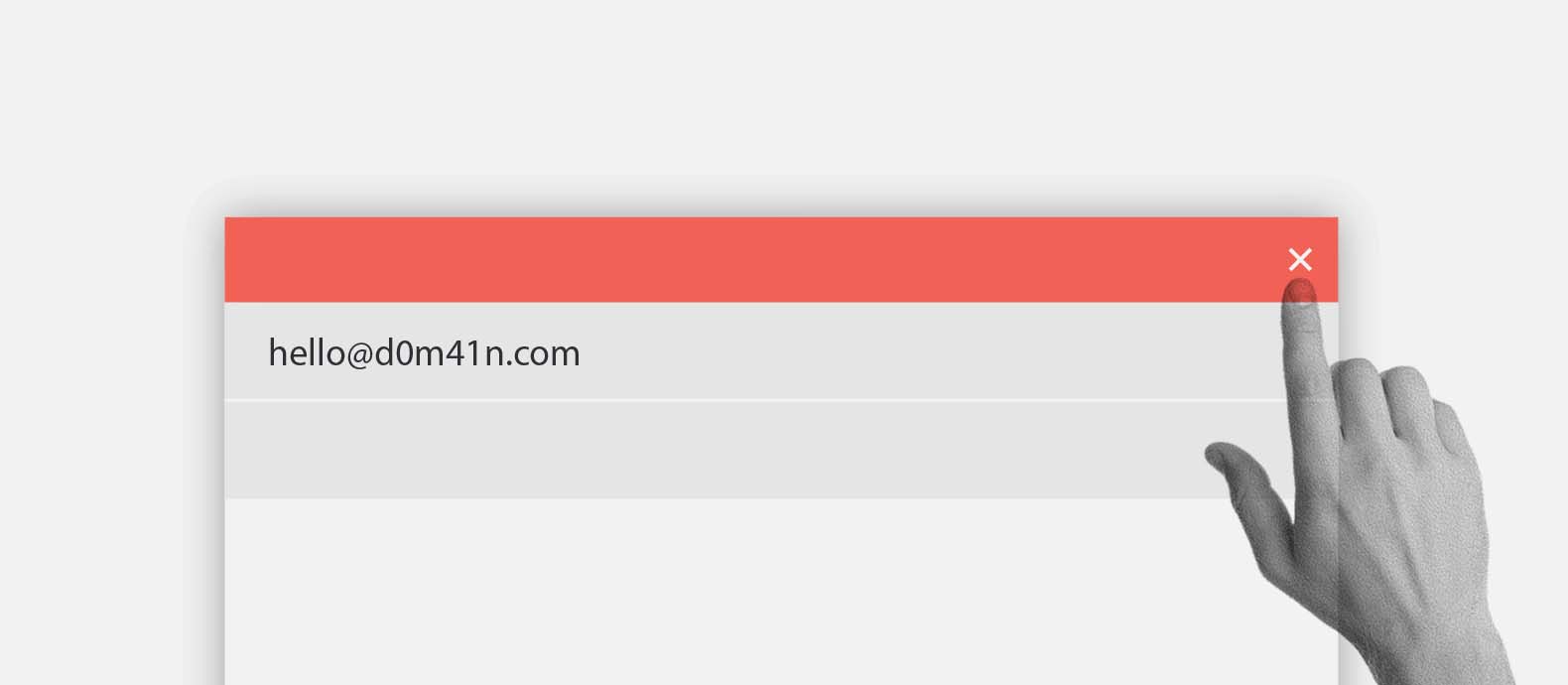Pharming is a type of cyberattack where bad faith actors steal data by redirecting web traffic from a legitimate site to a fake site that looks exactly like the original. The goal is to steal usernames, passwords, financial data, and other personal information from unsuspecting victims.
The chances of your business suffering from a pharming attack have risen significantly over the years. According to FinTech Times, incidences of cybersecurity attacks in the United States have risen by 538% since 2005.
You can deploy several options to protect your business from a cyber attack. This article will highlight some of the options.
In this guide, we discuss :
- What is a pharming attack?
- How pharming attacks work
- How to know if your business has been pharmed
- How RedPoints can protect your business from pharming attacks
What is a pharming attack?
Pharming is a type of cyber attack where the victim is redirected to a fraudulent website without their knowledge or consent. The goal of a pharming attack is to steal the victim’s personal information, such as passwords, account numbers, or credit card numbers. Pharming attacks can be carried out in a number of ways, but all involve redirecting the victim to a fraudulent website.
How do pharming attacks work?
One common way to launch a pharming attack is by compromising the domain name system (DNS) servers. This is also known as DNS poisoning.
The DNS servers are responsible for translating human-readable domain names into computer-readable IP addresses. If an attacker can compromise the DNS servers, they can redirect the victim to any website they choose.
Another common way to launch a pharming attack is by compromising the host file on the victim’s computer. The host file is a text file that contains a list of mappings between hostnames and IP addresses. If an attacker can modify the host file, they can redirect the victim to any website they choose.
A computer with a compromised host file will go to the fake site even if a user types in the correct web address or clicks on an affected bookmark entry.
Pharming attacks are difficult to detect and can be very effective at stealing personal information. Victims may not realize they’ve been attacked until it’s too late. It’s important to be vigilant about phishing and pharming attacks and take steps to protect your business from these types of attacks.

Examples of pharming attacks
Pharming attacks are not new, and there have been a number of high-profile examples in history.
In 2007, the British Phishing eCrime Congress (BPCC) released a report on pharming attacks that had taken place between January and October of that year. The report found that there had been at least 176 pharming attacks during that period and that the victims had included major banks, credit card companies, and online retailers.
One of the most high-profile pharming attacks ever took place in 2006, when hackers compromised the DNS servers of internet giant Yahoo! and redirected users to a spoofed site where they were asked to enter their login credentials. The attack was only discovered after users began reporting that they were being redirected to strange websites when trying to access Yahoo! Mail.
How does Pharming affect your brand’s revenue?
Pharming attacks can be very costly for businesses as they can result in the theft of confidential information. This can significantly impact your brand’s revenue and reputation.
How to know if your business has been pharmed
If you suspect that your website has been targeted by a pharming attack, there are a few ways to check. One way is to examine your web server’s logs for any suspicious activity. If you see an influx of requests coming from strange IP addresses or if the requests contain bogus user agents, this could be a sign of a pharming attack.
Another way to check is to use anti-phishing tools like PhishTank to see if your website is listed in any of the known pharming databases. If your site is listed, it means that your domain has been compromised and is being used to redirect traffic to a malicious website.
If you think your website may have been attacked by pharming, it’s important to take action right away. You’ll need to reset all of your passwords, and you may also need to update your DNS settings. Also, hire a security consultant to help you secure your website against future attacks.
You should also consider protecting your business with domain management software like Red Points’ Domain Management Software to prevent a reoccurrences.
Red Points will monitor your website’s DNS servers and alert you if any changes are made, so you can quickly take action to stop the attack.
Pharming attacks are a serious threat to the security of your website. By taking the time to understand what they are and how they work, you can help protect your site from becoming a victim.
How to protect your business against Pharming attacks
While pharming attacks can be difficult to detect and prevent, there are some steps that businesses can take to protect themselves. These include:
– Keeping DNS servers up-to-date and patched against known vulnerabilities.
– Monitoring DNS traffic for unusual activity.
– Implementing two-factor authentication for all sensitive accounts.
– Using a secure DNS server
– Educating employees about phishing and pharming scams
– Monitoring web traffic and network for unusual or suspicious activity
If you believe that you have been the victim of a pharming attack, it is important to change your passwords and contact your bank or credit card company immediately. You should also report the incident to the FBI’s Internet Crime Complaint Center (IC3).
Pharming attacks are serious threats to businesses and consumers alike, and it is important to be aware of the risks. Red Points’ Domain Management Software can help you keep track of your domain name and prevent unauthorized changes to the DNS records. This will proactively help protect your business from attacks.
What’s next
Pharming attacks are on the rise and can be very costly for businesses in terms of revenue and reputation. Red Points’ Domain Management Software detects and handles pharming attacks before they cause long-term damage to your business.







